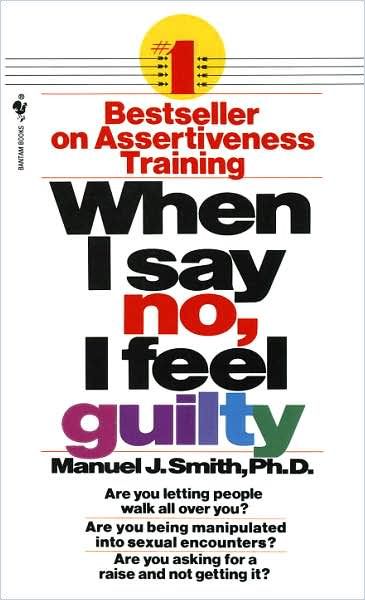| Saying no is a habit we learn as children and associate with being bad mannered, disliked, or selfish. We worry that saying no will cause guilt, humility or rejection. You must therefore learn when and how to say both no and yes. A considered no protects you. it provides the shield you need to be successful. The right yes allows you to serve others, make a difference, collaborate successfully, and increase your influence.
Steps to effectively say no:
- Assess the request: take the time to consider the request, assessing how the request fits with your existing workload. You will also want to assess how interesting and engaging the opportunity is. You can then communicate this to the requestor. By assessing the request, you can help the requestor understand the context of your “no”. This should then start a conversation for you to further understand the cost of the “no” to the requestor.
- Be assertive: A candid, direct response helps ensure the requestor cannot respond in a way that will cause you to reconsider and say yes. Being assertive can also help you discover another person’s likes, dislikes, values and expectations. It’s important that you remain calm and collected while saying no. You don’t want to give the requestor a negative impression of yourself and harm future opportunities.
- Provide an alternative: it’s critical to acknowledge the other side and be empathetic. While saying no, try to help the person who approached you about the task. Ask if you can contribute in a different way, or tackle the project at a later date. Having a collaborative approach helps maintain the relationship with the requestor.
- Consider the consequences: you should prepare for negative feedback. While you can influence how the other person reacts, you can’t control it. You need to weigh the benefits and risks of this decision while preparing for the negative feedback.
- Practice: saying no is a learned skill that will eventually become easier. You must practice in order to effectively say no in a way that makes people respect you. Take the time to practice saying no in front of a mirror or with a colleague you trust.
Link to Article “Take Time to Consider the Request”

Link to HBR Article How to say no to Talking On More |
